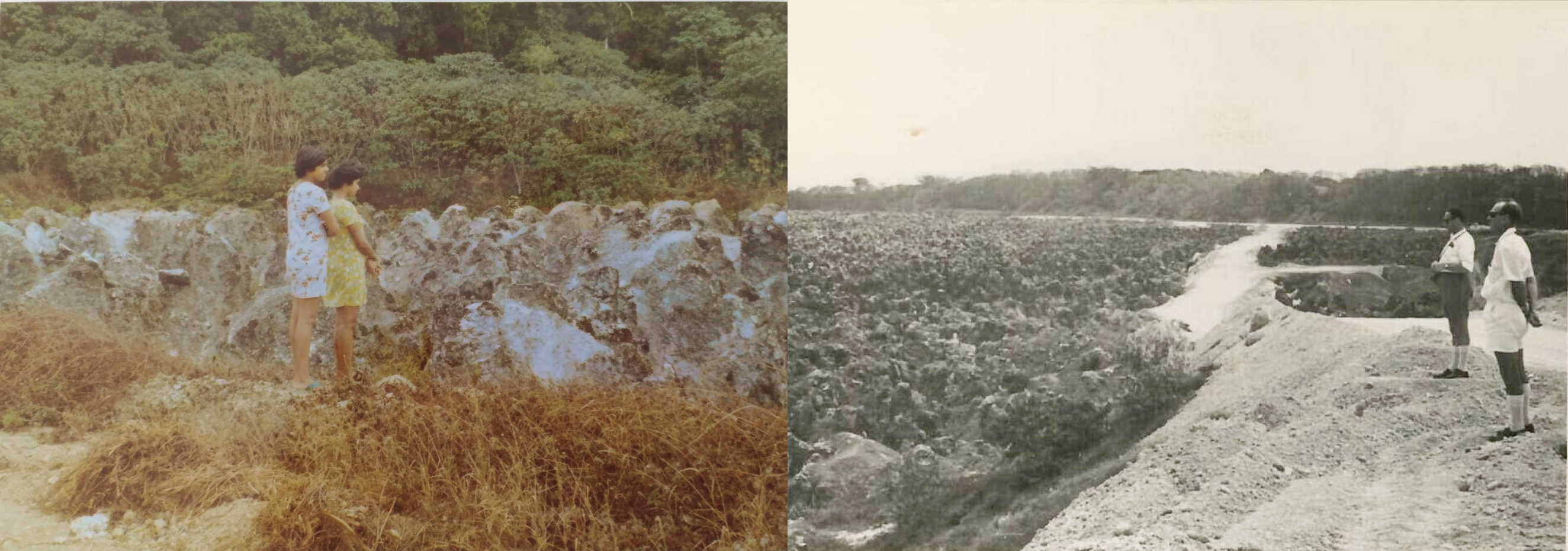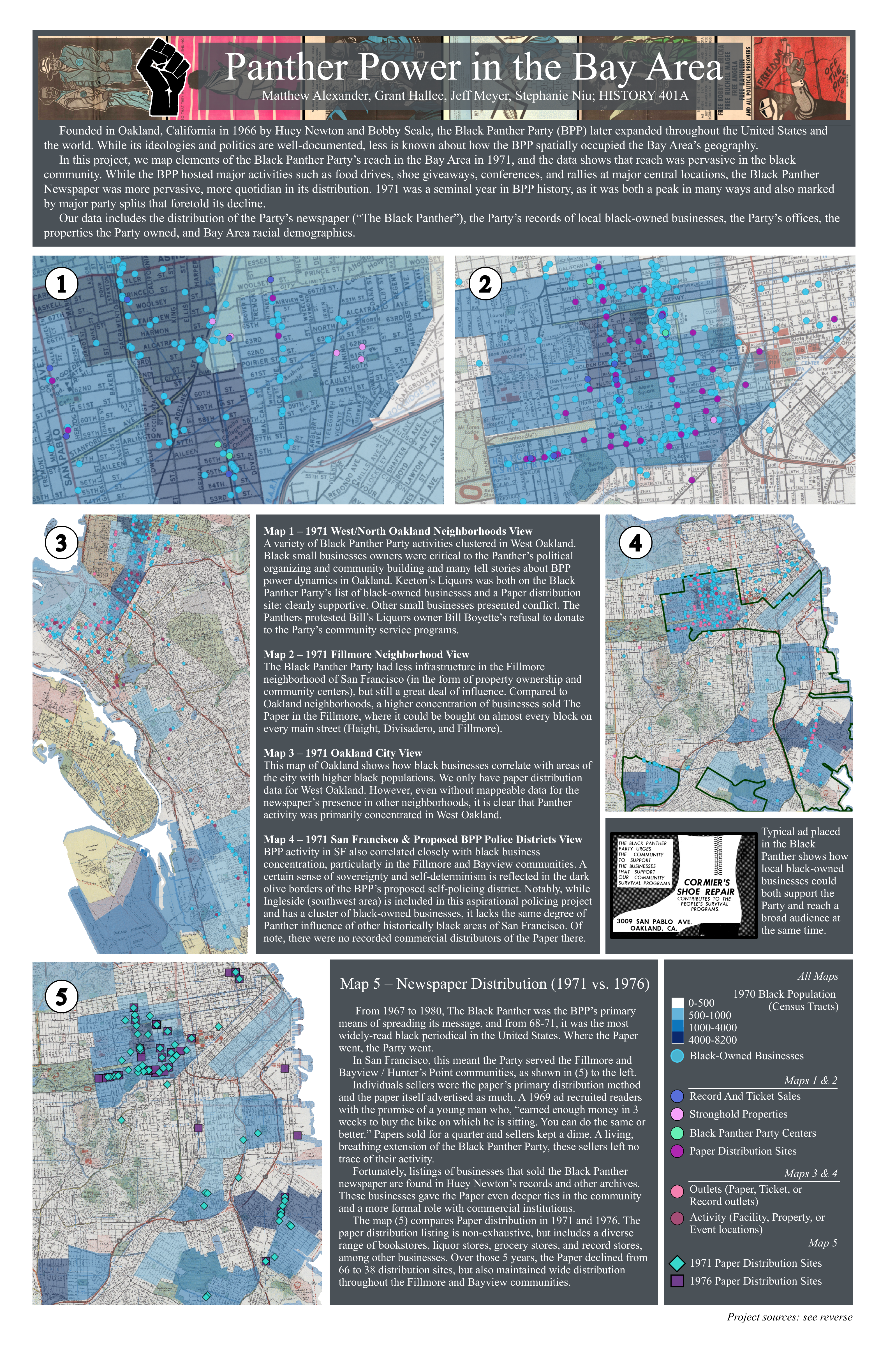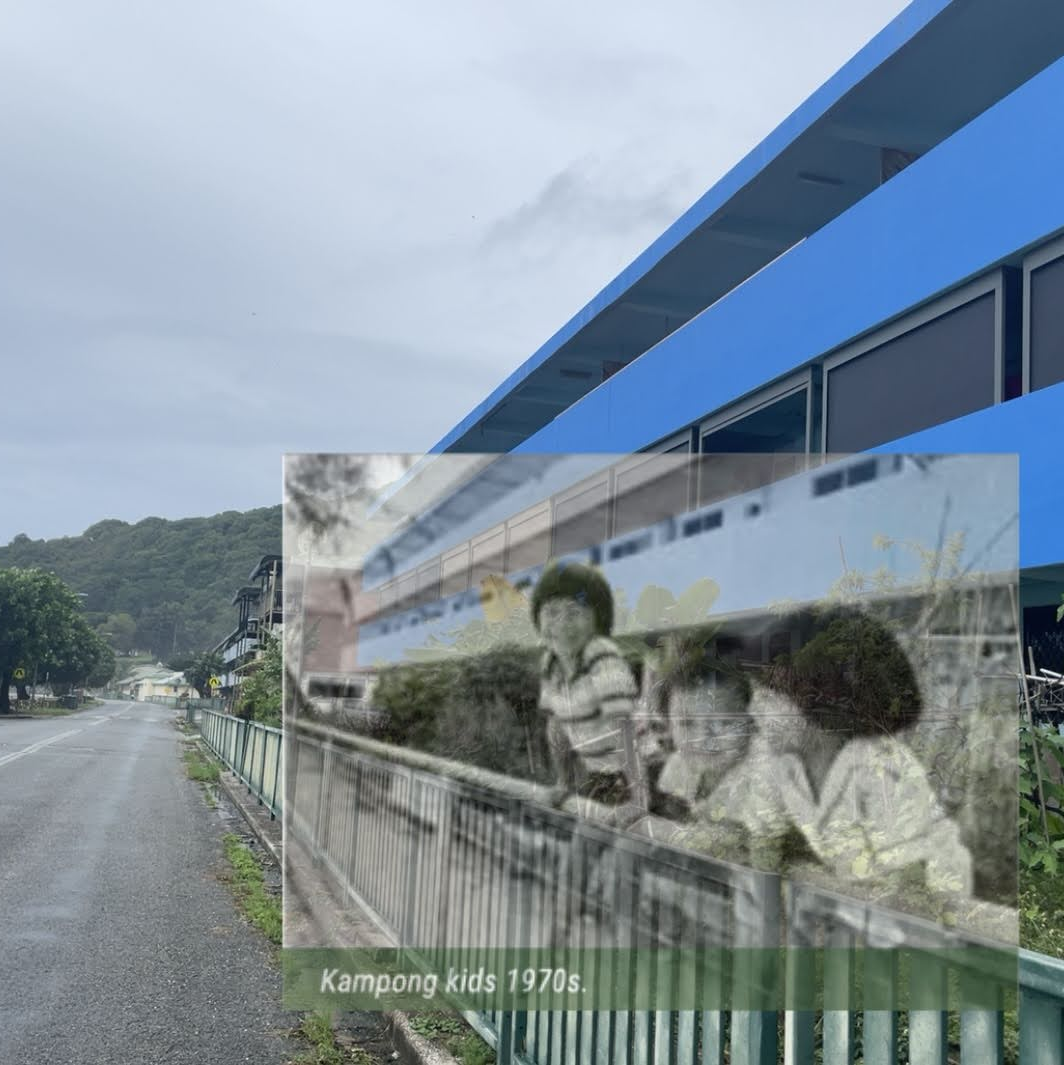< Back
What Else C.S. Coterms Study
Title
How Diverse are Double Majors?

A recent trend at Stanford, particularly within the past five years, has been increased efforts to make computer science education accessible to more students with diverse interests. In 2014, Stanford introduced its experimental CS + X joint major that combined computer science with humanities fields like English and History; in 2015, the Digital Humanities minor was launched. Within the computer science department, opportunities like the Magic Grant through partnership with the Brown Institute for Media Innovation encourage computer science students to collaborate with students in journalism and media. In the context of recent emphasis on interdisciplinary education, this visualization examines how many computer science coterms studied non-CS majors as undergraduates and how many double majors crossed the disciplinary bounds of engineering, humanities, and sciences.
While the computer science program at Stanford is growing in popularity, many students pursuing the coterminal degree come from unconventional backgrounds. Among double majors (students with two bachelor’s degrees), what fields are represented, and what fields are most commonly combined? To answer this question, this visualization displays occurrences of double majors among Stanford C.S. coterms from 2014-2019. Double majoring is relatively uncommon; between 2014 and 2019, twenty-four C.S. coterms had more than one undergraduate major. To have enough data to show meaningful patterns, the visualization does not encode year and instead displays data from the entire 6-year period as a sample of Stanford’s most recent classes of coterms.
Data from Stanford Institutional Research and Decision Support 2014-2019 records.

















